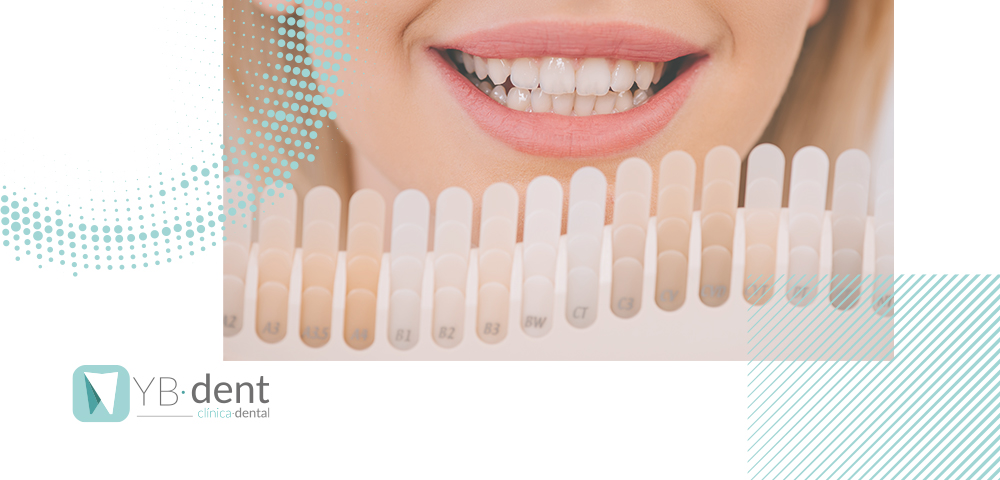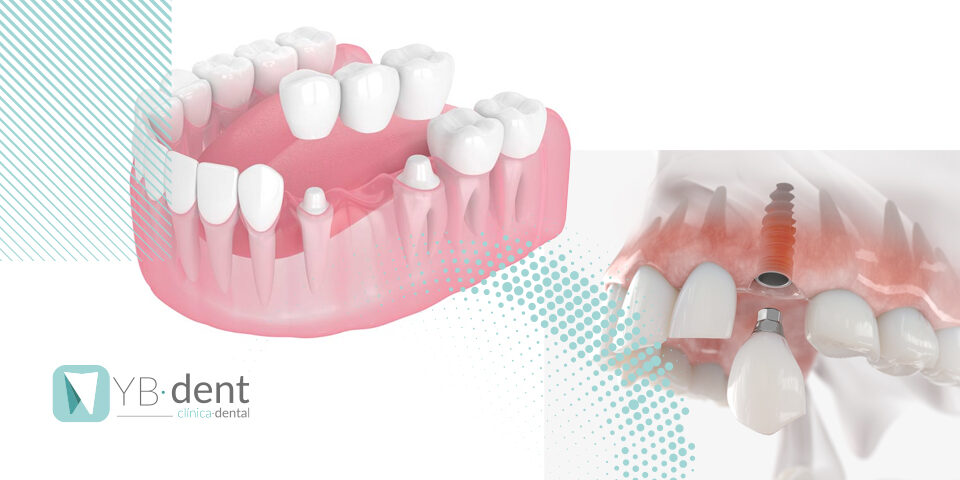Riesgos del blanqueamiento dental

A día de hoy, la higiene bucal es algo que nos preocupa mucho y las claves para lucir una sonrisa perfecta están a la orden del día. El blanqueamiento dental es una de las técnicas a las que, cada vez más gente, está recurriendo y por lo tanto, de las que más preocupa a la mayoría.
Ahora bien, también hay algunos métodos de blanqueamiento dental casero, como el agua oxigenada, el bicarbonato o el limón, que aseguran conseguir efectividad sin ningún efecto secundario pero ¿Qué tiene esto de cierto?
Métodos caseros de blanqueamiento dental y sus riesgos
Como ya hemos mencionado, existen algunos trucos caseros que aseguran conseguir una sonrisa más blanca sin ningún riesgo. El error de muchos es confiar que esto es cierto y recurrir a ellos sin reparar en los efectos secundarios.
Aunque muchas veces lo hacemos por el precio, estos riesgos nos pueden llevar a desarrollar una mala salud dental y tener que hacer un mayor desembolso a posteriori ya que estas técnicas sin supervisión de un especialista pueden:
- Crear abrasión en el esmalte del diente
- Generar quemaduras en las encías y las mucosas bucales
- Provocar intoxicación
- Originar hipersensibilidad dental
- Ocasionar dientes amarillentos a largo plazo
- Desgastar la pieza dental
Ventajas del blanqueamiento en una clínica dental
Además de que las clínicas dentales son las únicas autorizadas por la legislación para tratar con una cantidad mayor al 1% de peróxido de hidrógenos, una de las sustancias empleadas para el blanqueamiento, aíslan cada caso y tratan a los pacientes con particularidad para reducir cualquier tipo de efecto secundario y potenciar los resultados.

La diferencia entre cualquier método casero o clínica estética con una clínica dental es que los especialistas en este tipo de tratamientos cuidan con esmero los procesos anteriores a la aplicación de cualquier producto para que no ocasione ningún daño al paciente o a sus dientes. Antes de cualquier acción protegen los tejidos blandos y las encías con materiales aislantes para evitar las abrasiones, hipersensibilidad, quemaduras o desgaste de lo que hablábamos anteriormente.
Inconvenientes
Hay que tener en cuenta que por muy bueno que sea el tratamiento dental al que recurrimos, su funcionamiento consiste en bajar varios tonos el color natural y con el tiempo volverán a su estado original, por lo que si queremos presumir de sonrisa otra vez, tendremos que volver a realizar el blanqueamiento.
Esto sucede porque el esmalte depende de varios factores:
- La región del diente. Si dividimos el diente en dos podemos apreciar que la parte incisal es más translúcida y la parte más cercana a la raíz es más oscura.
- El diente. Los caninos suelen tener un tono más oscuro que el resto de la dentadura debido a la capa de dentina más gruesa que presentan.
- La edad. A medida que avanzamos en edad, el esmalte se va desgastando y los dientes se vuelven de un color más amarillento.
- Los hábitos. Hay algunos hábitos como el consumo excesivo de café o productos con cafeína, el té, el tabaco, los zumos o alimentos con una fuerte pigmentación que pueden provocar manchas en los dientes, deterioro del esmalte o dientes amarillos.
Blanqueamiento dental en YbDent
En clínica dental YbDent, tu dentista en Valencia, disponemos de un tratamiento blanqueador de una sola sesión que ofrece efectos inmediatos, sin dolor ni desgaste alguno y supervisado por profesionales altamente cualificados para personalizar cada caso.
Además, también disponemos de la posibilidad de un blanqueamiento domiciliario mediante una férula a la que se le aplica un gel blanqueador. Este tratamiento aunque puede resultar más largo, se caracteriza por su comodidad por lo que a algunas personas les puede interesar.
Es por ello que analizamos cada opción con nuestros pacientes con la finalidad de brindarles la que más se ajuste a sus necesidades y exigencias.
Ahora bien, si todavía no estamos preparados para un blanqueamiento dental, desde YbDent aconsejamos utilizar hilo dental, pastas de dientes especiales centradas en blanquear los dientes, enjuagues de flúor y mantener una buena higiene bucal con hábitos saludables si queremos unos dientes blancos.



